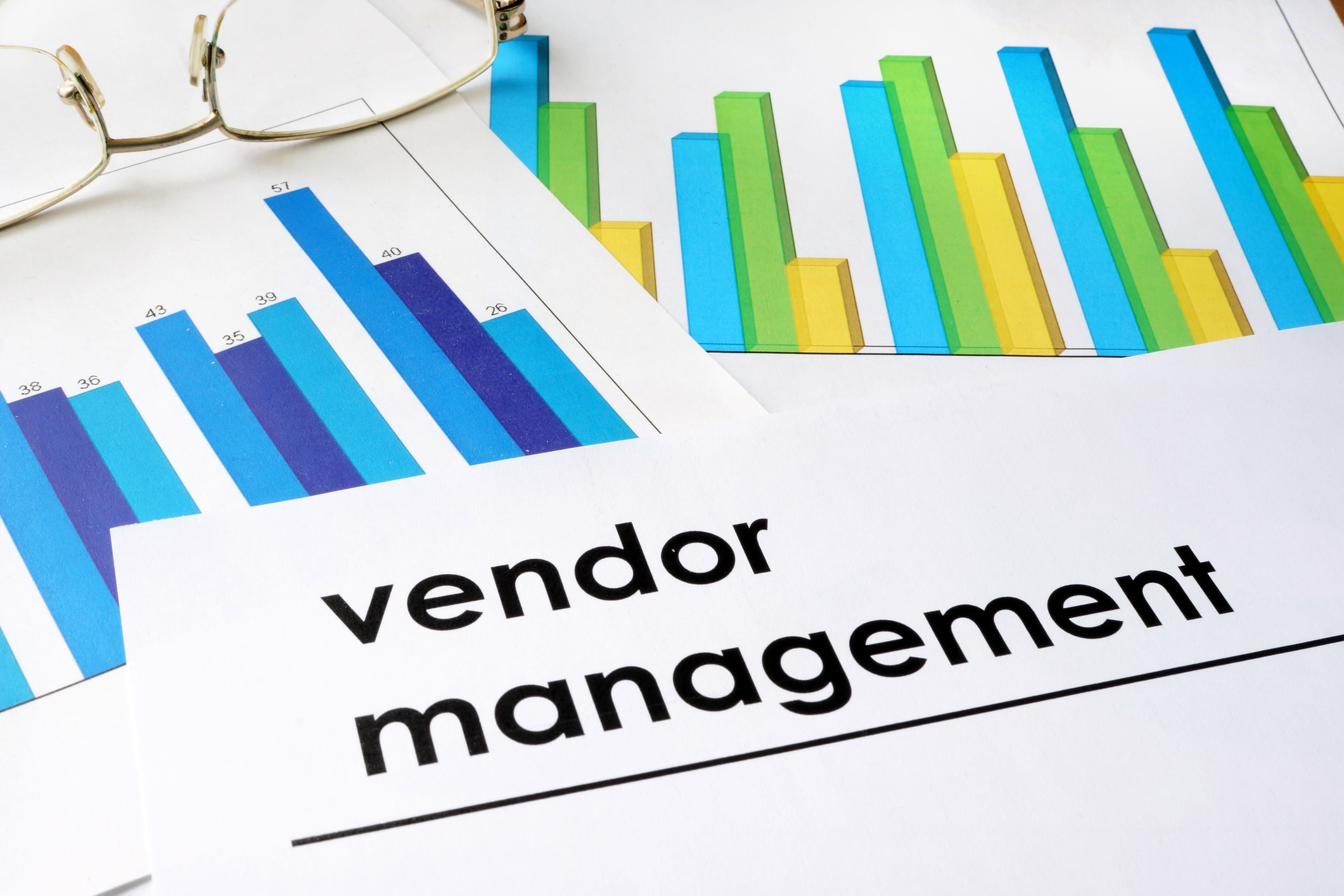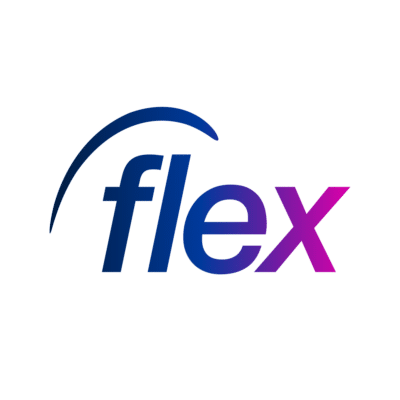
There’s no denying that recruitment is a complicated – and competitive – process in 2025. But overcoming the skills gap and fending off the competition is only part of the challenge for hiring managers.
The other pressing issue is how best to manage relationships with multiple recruitment agencies and contingent workforce suppliers without getting lost in a sea of conflicting processes and data overload.
That’s where Vendor Management Systems (VMS) come in.
Getting the right VMS in place can unlock a whole host of practical and operational benefits. Examples include easier compliance management, clearer performance management and smarter talent matching.
Read on to learn how implementing a strategic vendor management framework can help you gain maximum value from your recruitment efforts.
1. Data consolidation enables improved decision making
One of the primary ways vendor management software can add value to your business is by acting as a central repository for your recruitment-related data. By consolidating agency contracts, candidate submissions, hiring timelines, and cost metrics into a single platform, businesses can access critical information swiftly.
Having a single view of your data facilitates informed hiring decisions and makes performance management that much easier.
Another bonus? This centralization also makes it easier for HR, procurement, and finance teams to collaborate and align on workforce planning and budgeting.
Takeaway: Data consolidation drives more informed decision making and collaboration within the business.
2. Streamlined compliance management
Around 80% of businesses say they are more concerned about compliance issues today than they were five years ago. Worryingly, around 13% admit to not knowing if they are acting compliantly. Even if you aren’t sure, an innocent oversight can result in legal headaches and hefty fines, so it’s best to approach compliance issues with great caution.
A VMS can help here, too by standardizing and automating recruitment workflows, from requisition approval to candidate onboarding. This automation reduces administrative burdens, accelerates time-to-hire, and ensures that all necessary compliance checks are completed.
For industries with strict regulatory requirements, a VMS can handle background checks, right-to-work documentation, and equal opportunity hiring compliance.
Takeaway: Managing compliance is a burden for many businesses. A VMS can provide peace of mind that you’re acting in accordance with the law, reinforcing the value of vendor management programs in ensuring risk-free recruitment.
Subscribe to our newsletter
Stay ahead of employment updates and workforce management tips. Subscribe to our newsletter for expert insights straight to your inbox.
3. Enhanced performance monitoring
The ability to more easily performance manage your chosen recruitment agencies is another key strategic advantage. If you don’t have a performance management process in place, you may not be recruiting talent as efficiently as you could. You could be unknowingly exposed to compliance risks and maybe paying over the odds.
A VMS provides tools to track key performance indicators (KPIs) such as time-to-fill, fulfilment rates, worker ratings, and agency response rates.
Takeaway: Vendor management software makes it easier to assess vendor reliability. You can use this insight to negotiate better terms with high-performing agencies and address issues with underperforming partners.
4. Better cost control and budget optimization
There’re a lot of moving parts when you’re juggling relationships with various agency partners but undoubtedly one of the biggest concerns will be cost control. This can fast become complicated when you work with multiple agencies because fee structures, additional costs, and payment terms may be vastly different from one agency to another.
The bottom line? You need a vendor management program to closely control costs and optimize recruitment spending.
This is another area where the right VMS lends a strategic advantage. It can improve cost governance by providing a global view of your contingent labor costs, from reporting on spending by location or supplier to enabling budget tracking.
To highlight the value of vendor management programs, it’s worth noting that some VMS users are able to reduce agency costs by 40% within 12 months.
Takeaway: VMS gives you a much clearer view of the costs associated with each agency partner.
5. Data-driven workforce planning
If your business relies heavily on seasonal staff, or experiences surges of demand on a regular basis, you’ll be familiar with the challenges of workforce scheduling.
It’s here that a VMS can make life easier. Analytics and forecasting features consider real-time data, and workforce composition to make more accurate staffing forecasts. You can also use your Vendor Management System to quickly post jobs when shifts need filling.
Takeaway: Having a strategic vendor management framework in place via your VMS allows you to react quickly to workforce scheduling needs, without over or under spending.
Conclusion
Having the right Vendor Management System in place gives you full control over your agency costs, partner performance and compliance.
By centralizing data, streamlining hiring processes, enhancing supplier performance monitoring, and giving you cost-control tools, VMS aren’t just a strategic asset — they also deliver demonstrable value, helping you to deal with a multitude of recruitment challenges while meeting all business goals along the way.
Find out about our VMS solution and how it could help your business thrive and grow.








